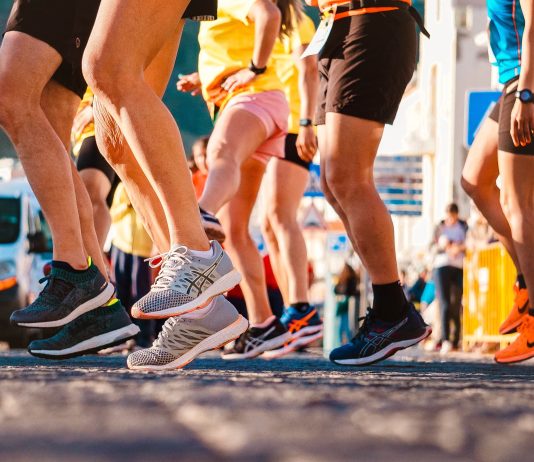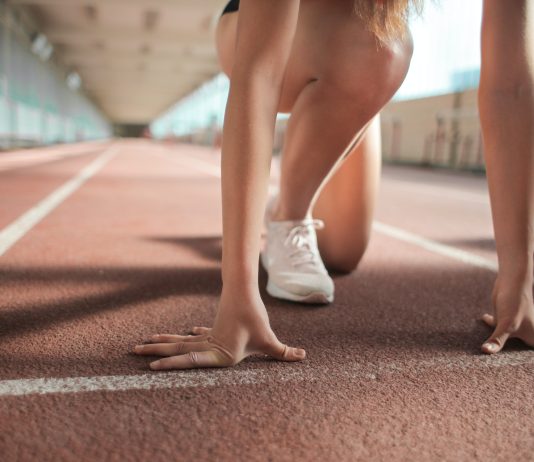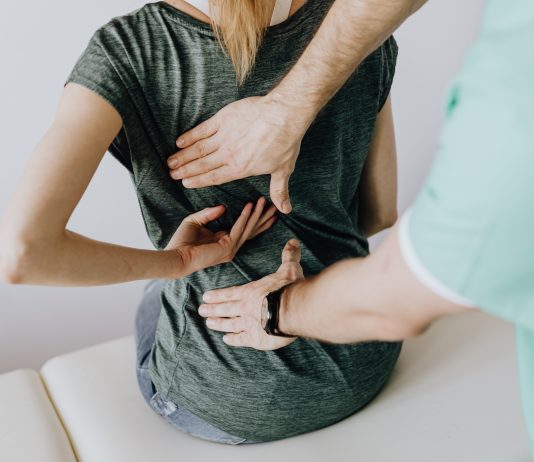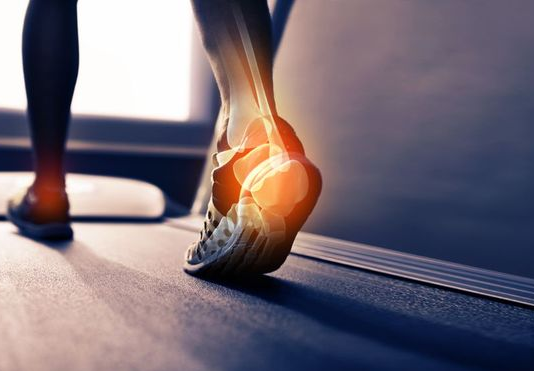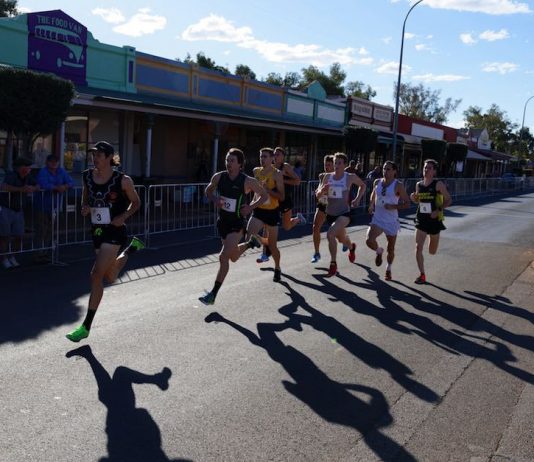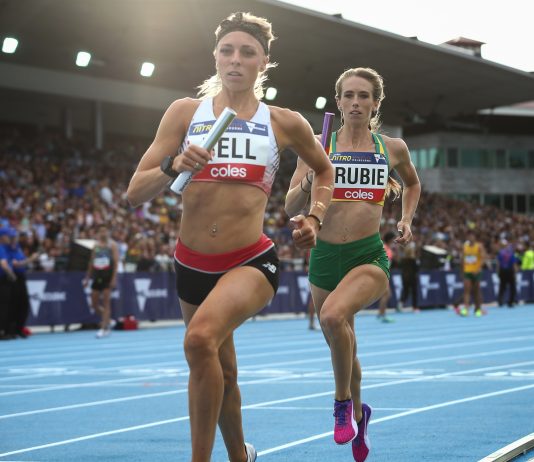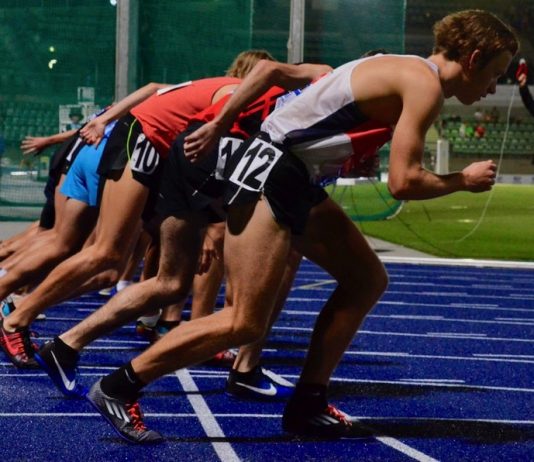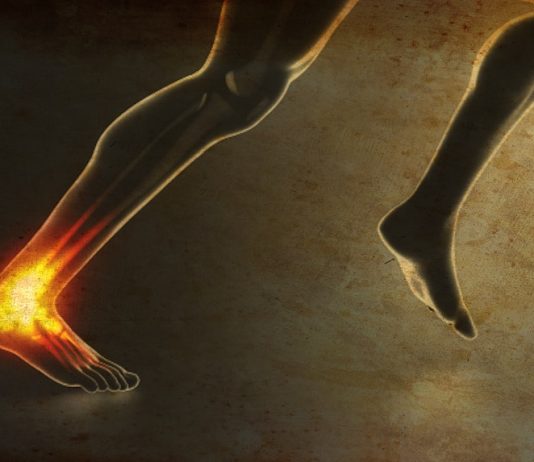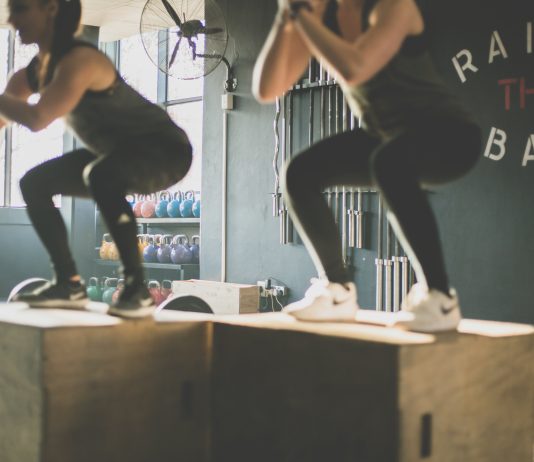While training for a marathon, getting into trail running or tackling a first 5k, we often hear about the high injury rates and understand that there is a possibility of getting injured. We anticipate typical injuries such as a runner's knee or Achilles tendonitis, but what if our pain doesn't seem to fit any of the common categories? What if the sore spot and tender area don't match any running injuries we've heard about before? Peroneal tendinitis is one such condition, and although it's not as common as other types of tendon pain, it's still frustrating, especially when we can't pinpoint the exact source of the pain.
Despite the fact that studies have shown that strength training can improve running efficiency in particular, many runners still tend to shy away from it. This can be linked to a number of things, including time restrictions and a preference for running over weightlifting.
Living with chronic pain can be an incredibly challenging and debilitating experience, affecting both physical and emotional well-being. The lower back, also known as the lumbar region, is a common source of discomfort for many individuals and often leads to missed workdays. Surprisingly, lower back pain ranks among the most prevalent causes of absenteeism in the United States.
Sports Injuries and Regenerative Medicine: Getting Athletes Back in the Game Faster
Runnerstribe Admin -
There's nothing more debilitating for an athlete than an injury that keeps them sidelined. It's not just the physical pain they have to contend with, but also the mental stress of not being able to compete and perform at their very best.
Many issues lead to lower back pain but one of the most prevalent reasons for runners, is hyper pronation or supination. The Framingham Foot Study found that pronated foot function was associated with low back pain in women, remaining significant after adjusting for age, weight, smoking, and depressive symptoms.1
The feet...
Six Key Core Exercises for Runners - No Gym Required
2017 Runner's Tribe, all rights reserved
So everyone knows that a strong core is key. But for the time strapped runner, what are the most choice exercises on which to concentrate? We have chosen 6 key core exercises that are 1)...
Patellofemoral Syndrome (Runner's Knee)- Part 2 Rehabilitation/Prevention
Written by Lachlan Chisholm - Runner's Tribe
In my previous article, I outlined what patellofemoral Syndrome (click to read) is and what you should do once you have it or think you are developing it. I will now go through what you need to do to...
Insertional Achilles Tendinopathy is a painful and difficult condition that many runners and active individuals experience. Importantly insertional achilles tendinopathy (IAT) is a different pathology to other types of achilles pain and as such it may not respond to treatments given to other types of achilles presentations. It has been estimated that one third of achilles pain is IAT (1,2). Here we discuss some key features of recognising IAT and important aspects of its management.
Building Stronger Muscles for Efficient Running: The Role of Squats in an Athlete’s Training
Runnerstribe Admin -
One of the most crucial exercises for runners is the squat. The quadriceps, hamstrings, hips, and glutes, which are the most important muscles for running since they propel your stride, are the key targets of this compound, full-body, multi-joint exercise. Your chance of suffering an injury diminishes and your possibility of running quickly increases when these muscles are strong and functional.
Incorporate These Exercises into Your Routine for Better Running Form and Technique
Runnerstribe Admin -
To improve running ability, simply running farther or faster is not enough. Developing proper form and technique through dedicated training is important. Start by setting a consistent workout schedule and incorporating specific techniques like uphill running and track workouts to build endurance and speed. With hard work and dedication, improvement as a runner is always possible.







